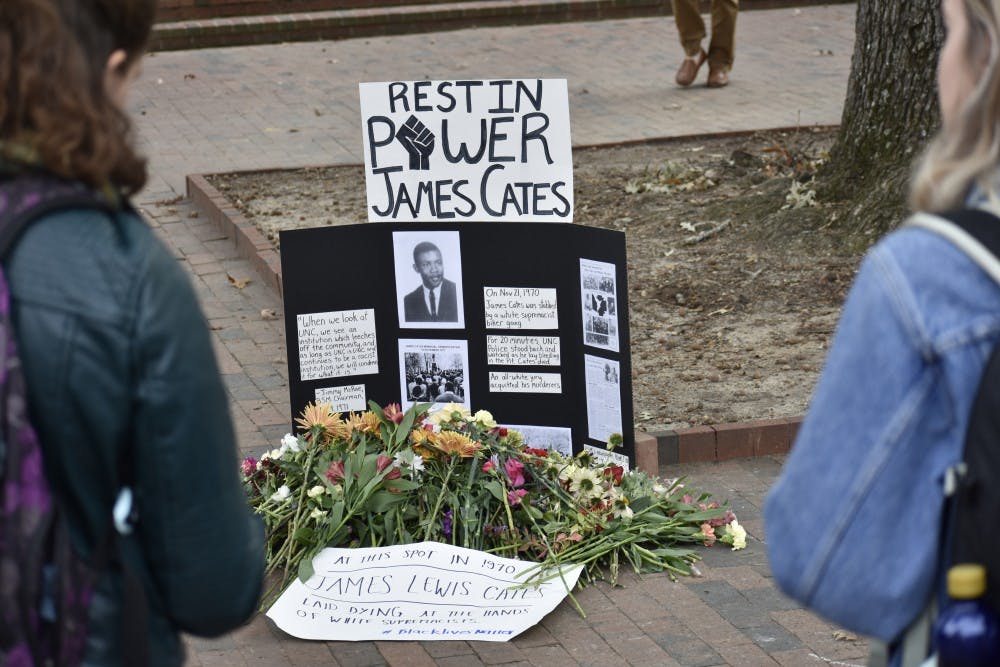Three white men — William P. Johnson, Rufus P. Nelson and Ronnie Broadwell, all members of a white supremacist motorcycle gang called the Storm Troopers — were charged with first-degree murder. They were later acquitted by an all-white jury in Orange County.
His family and community members asked the DOJ to investigate the circumstances surrounding his death in 1970 but got no response. Earlier this year, however, the Civil Rights Division of the DOJ contacted them about reopening the case through the Cold Case Initiative under the Emmett Till Act.
This act started as a cold case initiative within the FBI in 2006 and investigates racially motivated murders committed decades ago. Five other cases in North Carolina have also been opened.
Cates' family members, particularly his cousins Valerie D. Foushee and Nate Davis, spent 50 years trying to bring their cousin's death back into public memory.
Reopening Cates’ case showing accountability for the circumstances of his death, and acknowledging the racial motivations that were possibly involved. Although the men arrested 50 years ago have moved on from the case and may not even be tried again, they’ve experienced a fuller life than Cates — who had his stolen from him.
The results of opening an investigation could definitely reframe the way Cates is remembered.
In 2021, amid the discourse on renaming buildings at UNC, members of the James Cates Remembrance Coalition submitted a proposal to Chancellor Kevin Guskiewicz and the Advisory Committee on Naming University Facilities and Units to rename the Student Stores Building as the James Cates Building.
In their proposal, they write that renaming a building after Cates would “honor his memory and ensure that his name is seen and spoken on campus and not forgotten again.”
The coalition also highlights aspects of Cates’ life and death. His paternal grandmother raised him and was employed at UNC for a number of years.
If his murder happened in this day and age, the circumstances would circulate on social media, with #JamesCatesJr and #BlackLivesMatter trending. These are the circumstances that the DOJ will have to verify in their investigation.
The proposal is still being reviewed, and the advisory committee in charge of the renaming process has yet to announce its decision on the matter. Not only does the reopening of the case impact public memory, but it could also offer further context for the renaming decision.
The DOJ’s decision to reopen the case of James Lewis Cates Jr. will hopefully provide solace to his family who has presumably remained haunted by his death decades after he lost his life on our very campus. Cates died right by the Pit, a place that is used by hundreds of students, faculty and staff on a daily basis.
To get the day's news and headlines in your inbox each morning, sign up for our email newsletters.
Reopening the case is one step closer in acknowledging the wrongdoing and providing closure in Cates’ story — even if it’s 50 years too late.
@_zarialyssa
opinion@dailytarheel.com



